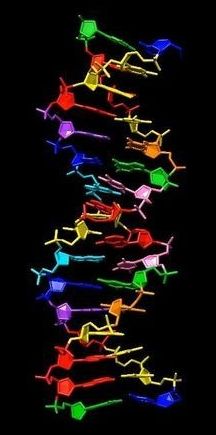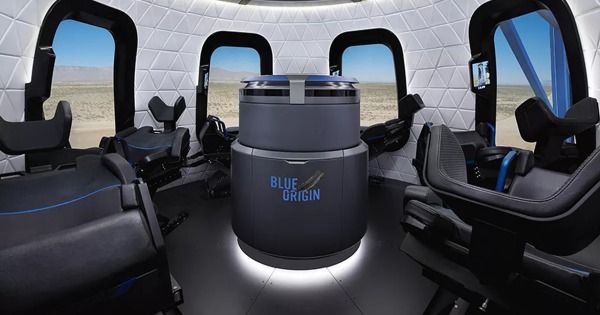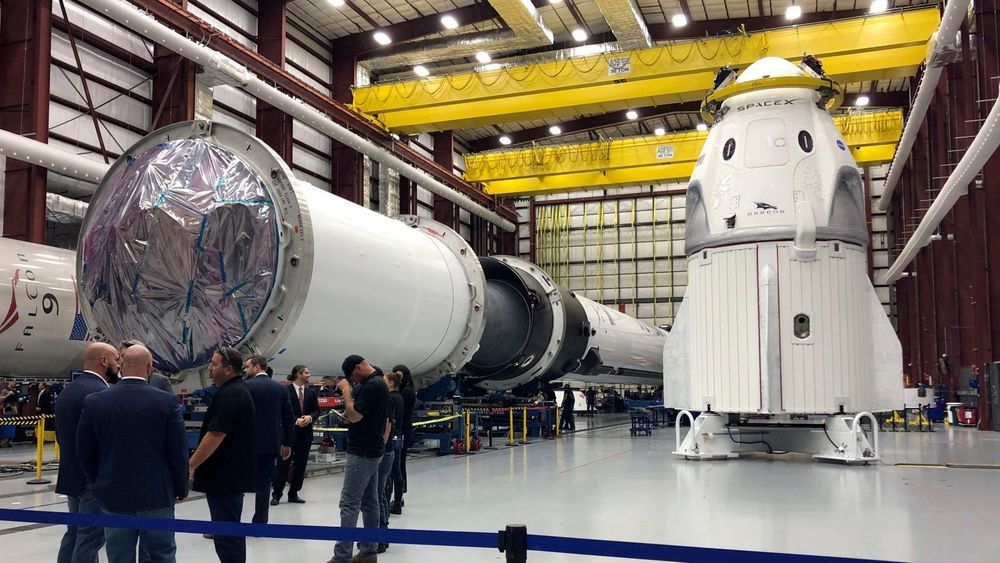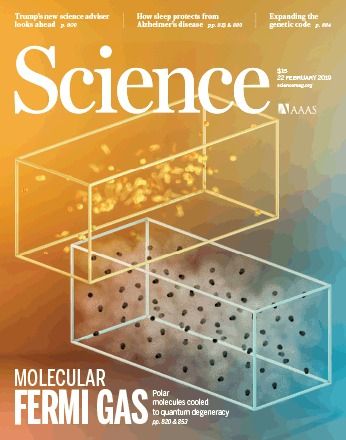That’s why Ellington sees a more immediate use for the technology in the up-and-coming field of DNA data storage. Large tech firms and startups alike are evaluating whether nucleotides can beat out silicon when it comes to long-term, archival information storage. DNA is notoriously data-dense, and the arrival of hachimoji just doubled its information-carrying capacity.
But first, chemists hope to improve DNA data storage and churn out new medical compounds.










